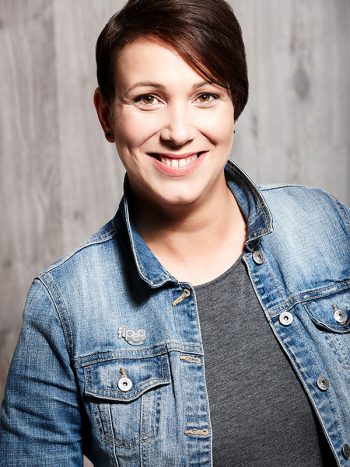The first goal is to integrate the child into the group. Mélanie Lamontagne2, a special needs educator in a CPE in the region of Québec, helps us understand her work.
Based on the recommendations of specialists and the consent of parents, the special needs educator implements a customized plan for each child, within the context of a group or individually.

“Children with similar diagnoses may have very different needs,” says the educator who regularly uses imagery, such as pictograms, in her work.
Even the timing of an intervention is adapted to the specific needs of the child. “The educator determines the time of day during which the child has a particular need. For example, if the child has trouble sleeping or eating, we will intervene during nap time or lunchtime. And in every case, the most important thing is maintaining a routine. It’s essential!” she says.
Making more resources a priority
Increasing these types of interventions is critical for ensuring equal opportunity for young children. In fact, it’s a priority in the negotiations for the new collective agreement of the thousands of CPE educators who are members of the Fédération des intervenantes en petite enfance du Québec (FIPEQ-CSQ).
“We ask that the government double the resources allocated to children with special needs. Early intervention in the development of young children is the best way to ensure a better future for them,” explains Valérie Grenon3.
As for Mélanie Lamontagne, she sees the difference her work makes every day, but she refuses to take too much credit. “I’m happy that it works, but the children deserve much more credit than me!”
1 Centres de la petite enfance (CPE).
2 Mélanie Lamontagne is a member of the Syndicat des intervenantes en petite enfance de Québec (SIPEQ-CSQ).
3 Valérie Grenon is president of the FIPEQ-CSQ.
